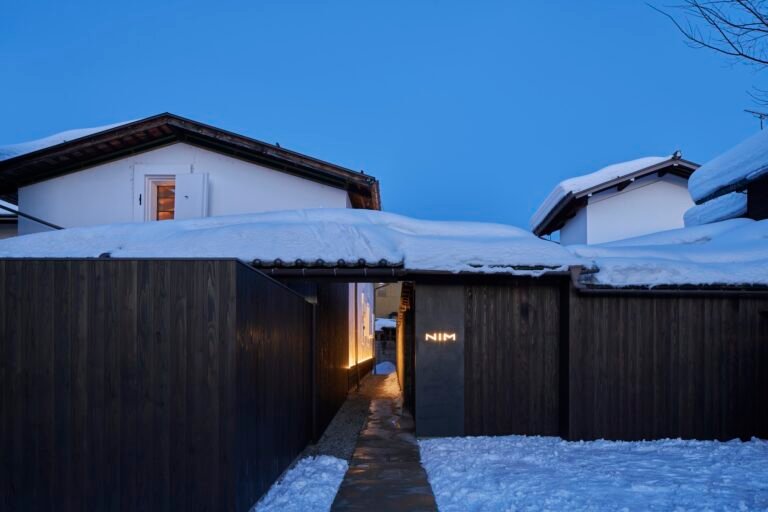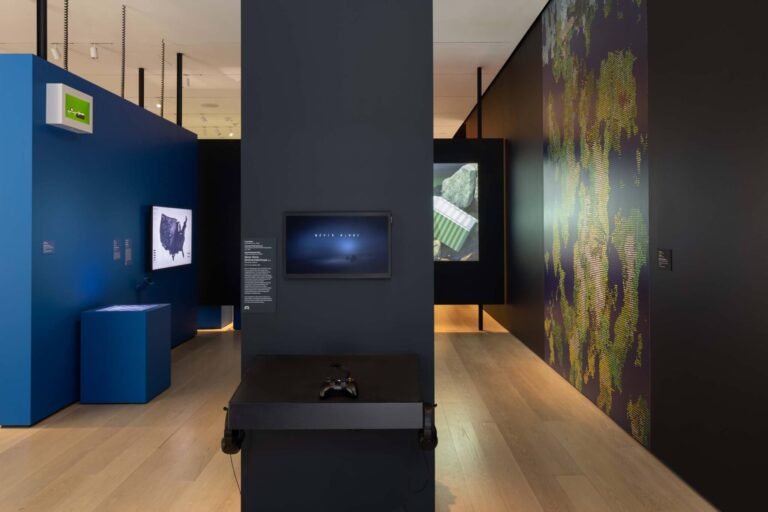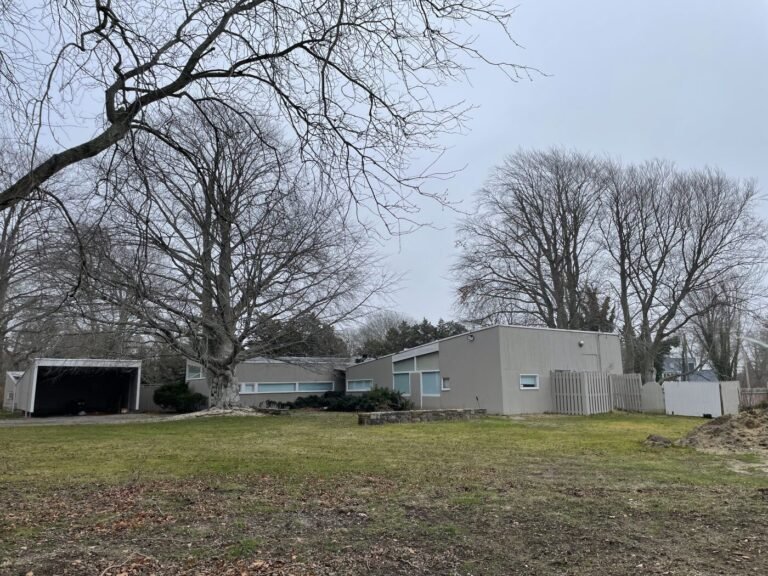SANAA-designed Sydney Modern Project at the Art Gallery of New South Wales set for December debut
The Art Gallery of New South Wales (AGNSW)’s Sydney Modern Project, the largest cultural development to hit the Australian city since the 1973 inauguration of its titular opera house, now has an official opening date of December 3.
The massive—and at times controversial—$243 million project not only entails a refresh of the existing historic home of the AGNSW, including a total reinstallation of its 36,000-object collection to better reflect its breadth and diversity, but also a new museum building designed by Pritzker Prize-winning firm Tokyo firm SANAA. The building is the first in Australia for SANAA, which was awarded the project in 2015 through an international design competition. The design, including an initial batch of renderings, was first revealed in 2020.
Comprised of a series of low-slung, limestone-clad rectangular pavilions of various sizes that cascade down a gently sloping site toward Sydney Harbor, SANAA’s building is linked to AGNSW’s imposing neoclassical main museum building via a sprawling public art garden spanning across the M1 expressway. In addition to the freeway-capping art park (the land bridge itself was created in the 1990s), another notable feature of the Sydney Modern Project is a subterranean 23,680-square-foot gallery space housed within a decommissioned World War II naval oil tank. Located at the lowest part of the site, the cavernous underground space will be used to stage special performances and exhibitions.

The Sydney Modern Project is envisioned as less a typical museum expansion effort and more of an institutional reimagining of the 150-year-old museum that’s located adjacent to Royal Botanic Garden Sydney within The Domain, an 88-acre swath of parkland located on the eastern edge of the city’s central business district. Come December, this reimagining will yield a new civic campus—one located on Gadigal land—for Sydney and New South Wales.
“Our new art museum campus brings together art, architecture, and landscape in spectacular new ways, providing visitors with art and cultural experiences only possible here,” said AGNSW Director Dr. Michael Brand in a statement. “This is truly the world seen from Sydney.”
The ambitious scope of the Sydney Modern Project was presented at a press luncheon held yesterday in Manhattan, and attended by AN. In addition to Brand, present at the briefing from the AGNSW were, among others, Director of Public Engagement Miranda Carroll and Wesley Shaw (Yuin/Dharawalk/Ngarigo), Senior Programs Producer, Aboriginal and Torres Strait Islander Art. Joining remotely via pre-taped video to speak about the project were Maud Page, the AGNSW’s Deputy Director and Director of Collections, and SANAA founding principals Kazuyo Sejima and Ryue Nishizawa.


In total, the Sydney Modern Project expands AGNSW’s available exhibition space from almost 97,000 square feet to about 172,000 square feet. Per a recent press announcement, galleries housed within SANAA’s airy new museum building will be “specifically designed to accommodate art of the 21 century;” circulation spaces indoors and out will also be spacious enough to host major installations. In addition to the oil tank gallery, other new galleries and public spaces at the new building include an approximately 10,000-square-foot exhibition space dedicated to Aboriginal and Torres Strait Islander art, a major exhibition gallery, a large column-free gallery, and a range of smaller galleries along with myriad multipurpose spaces for public programming, performances, and lectures. The new complex also features a series of interlinked rooftop terraces, which together span nearly 36,000 square feet.
Ahead of its opening later this year, the Sydney Modern Project has been awarded a 6-star rating from the Green Building Council of Australia.
Joining SANAA on the continent-spanning Sydney Modern Project design team is local architecture studio Tonkin Zulaikha Greer, which is heading the revamp of the existing 1897 museum building; Australian firm Architectus in the role of executive architect for the new building; Kathryn Gustafson of Seattle-based landscape architecture firm Gustafson Guthrie Nicol, and multidisciplinary design studio McGregor Coxall. Richard Crookes Constructions is the project contractor.


The predominately female-led international design team are nine artists hailing from Australia, New Zealand, and beyond who have been commissioned for major installations and architectural interventions that will be on view in both the historic museum building and its contemporary new neighbor. “Our collection will be accentuated by bold and compelling new art commissions that contribute to important global conversations of our time from our place here in the Asia Pacific,” explained Page.
The commissioned artists include: Waradgerie artist Lorraine Connelly-Northey (Australia), Wiradjuri artist Karla Dickens (Australia), Wiradjuri and Kamilaroi artist Jonathan Jones (Australia), Māori artist Lisa Reihana (Aotearoa New Zealand), Richard Lewer (Australia), Simryn Gill (Australia/Malaysia), Lee Mingwei (France/U.S.), Francis Upritchard (U.K./Italy/Aotearoa New Zealand), and finally Japan’s Yayoi Kusama, who has been commissioned to create a massive floral sculpture inspired by the native medicinal flora of southeastern Australia. Kusama’s mega-flower will be installed on the terrace of the new building overlooking Sydney Harbor and, as noted by AGNSW, will be “visible over three floors, inside and out.”

These new commissions join the museum’s sizable current collection of Australian art (“the broadest and finest to be found anywhere” per the museum), including 2,000 historic and contemporary works of Aboriginal and Torres Strait Islander art acquired over the past 74 years along with extensive European and Asian collections.



